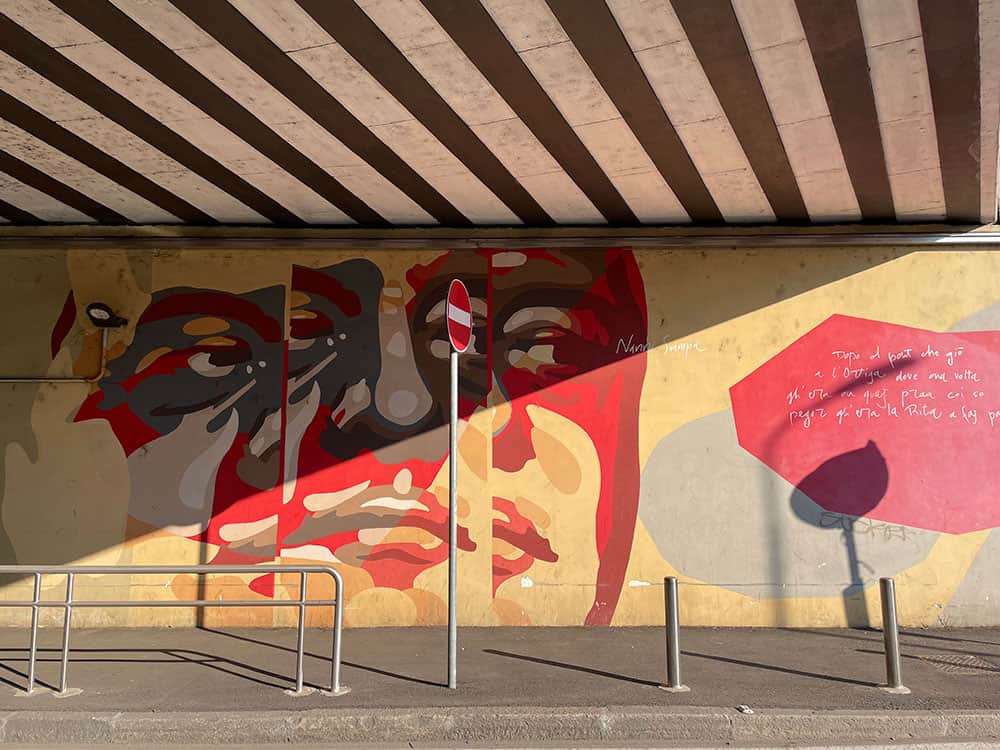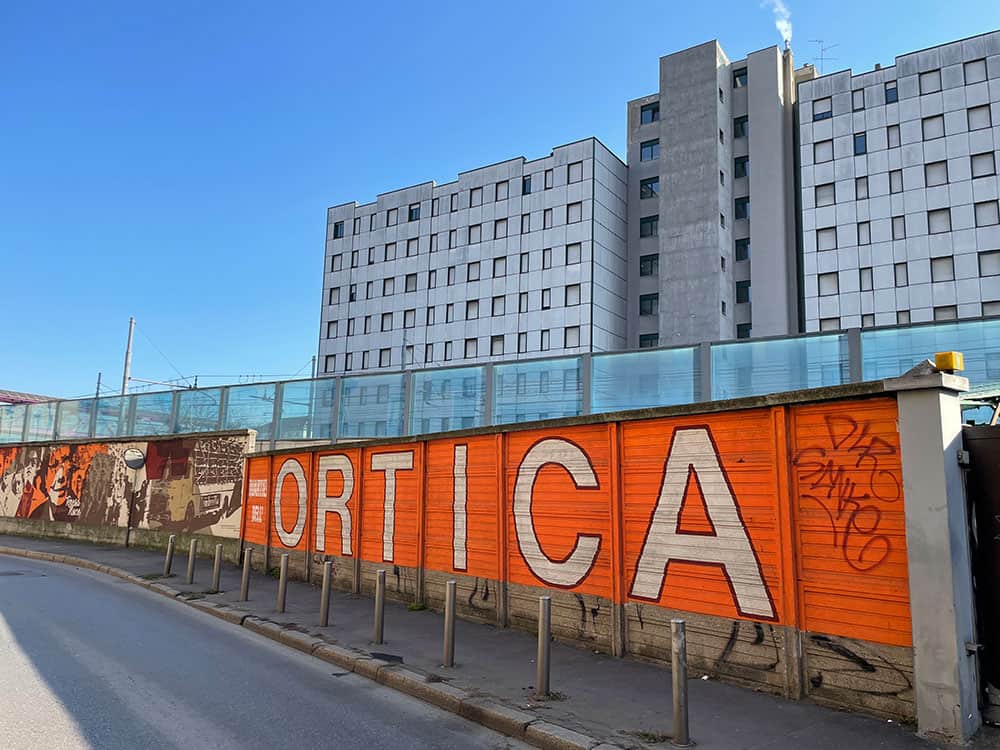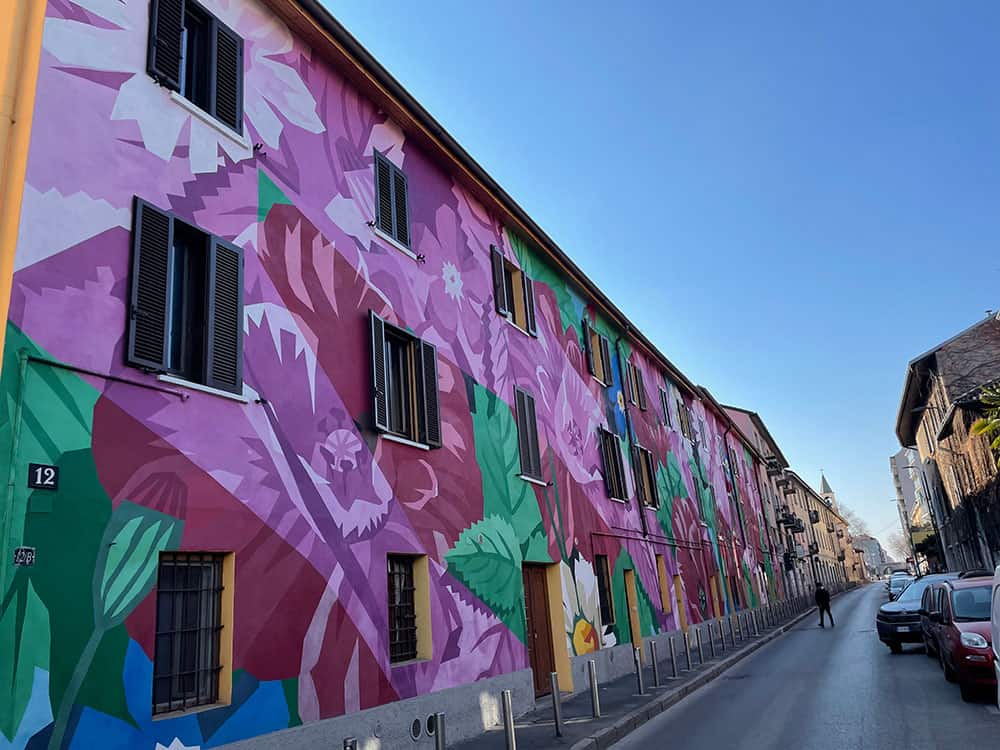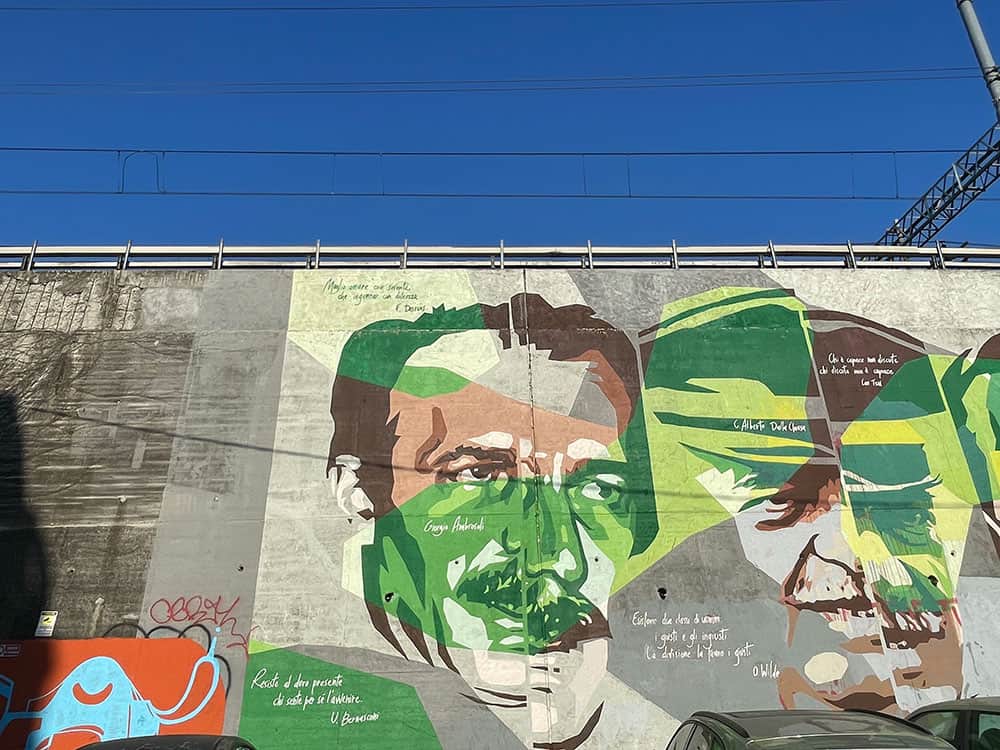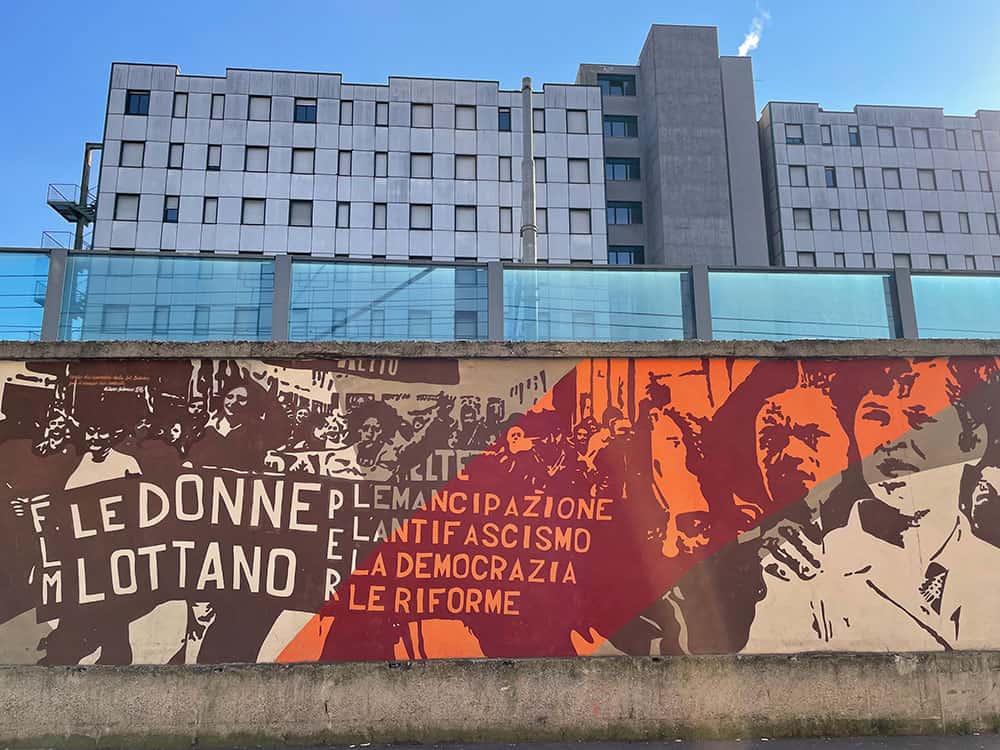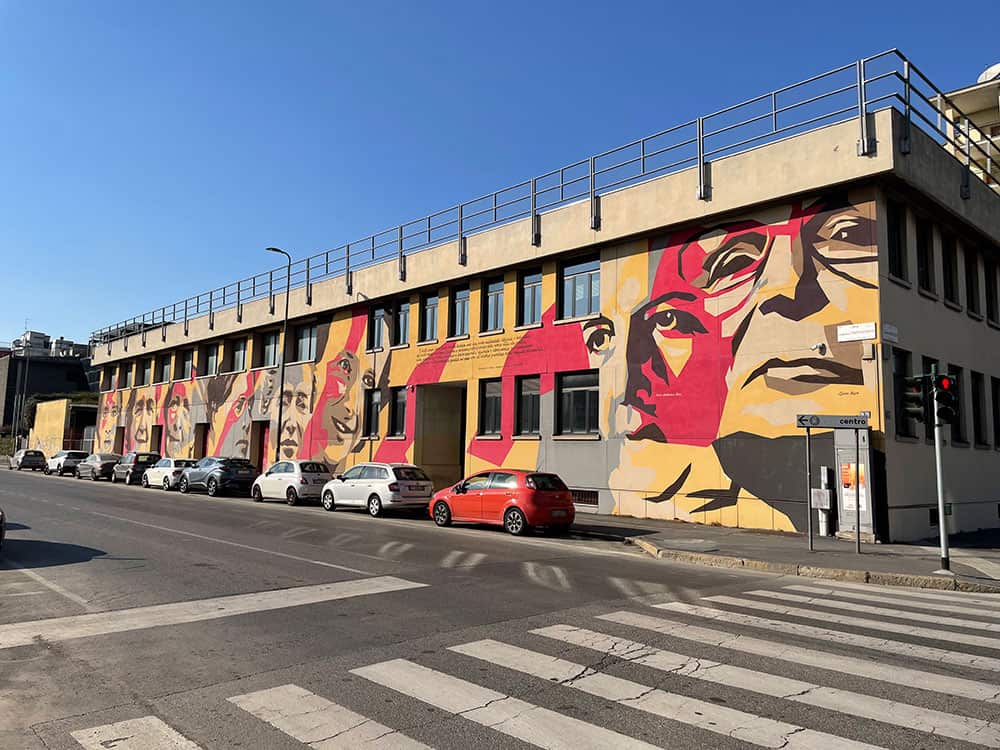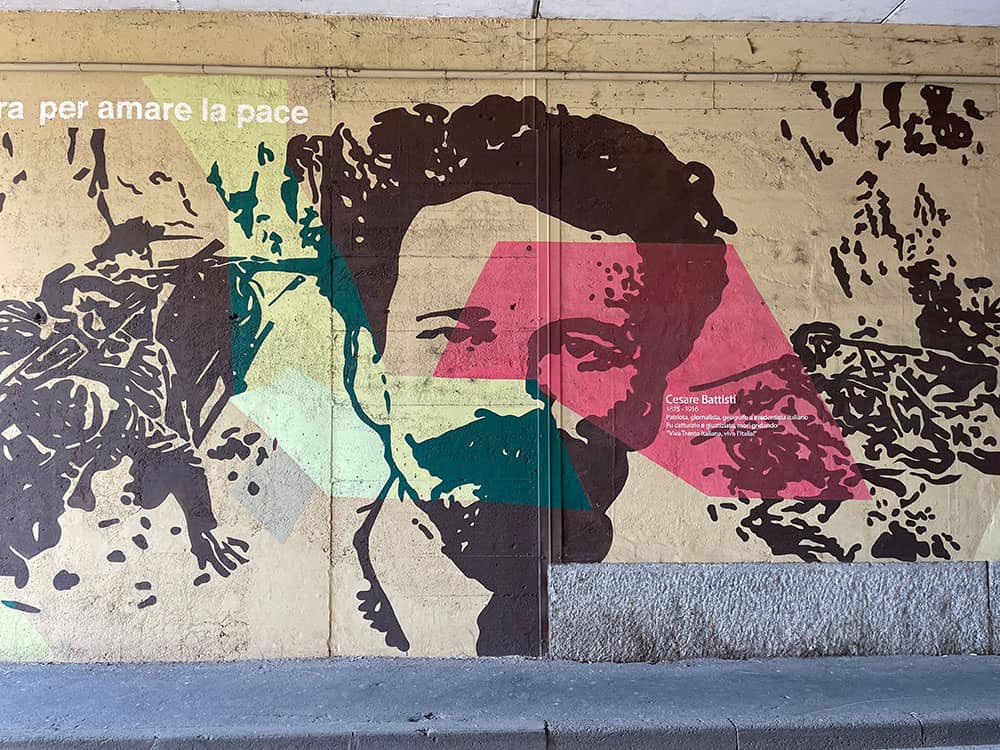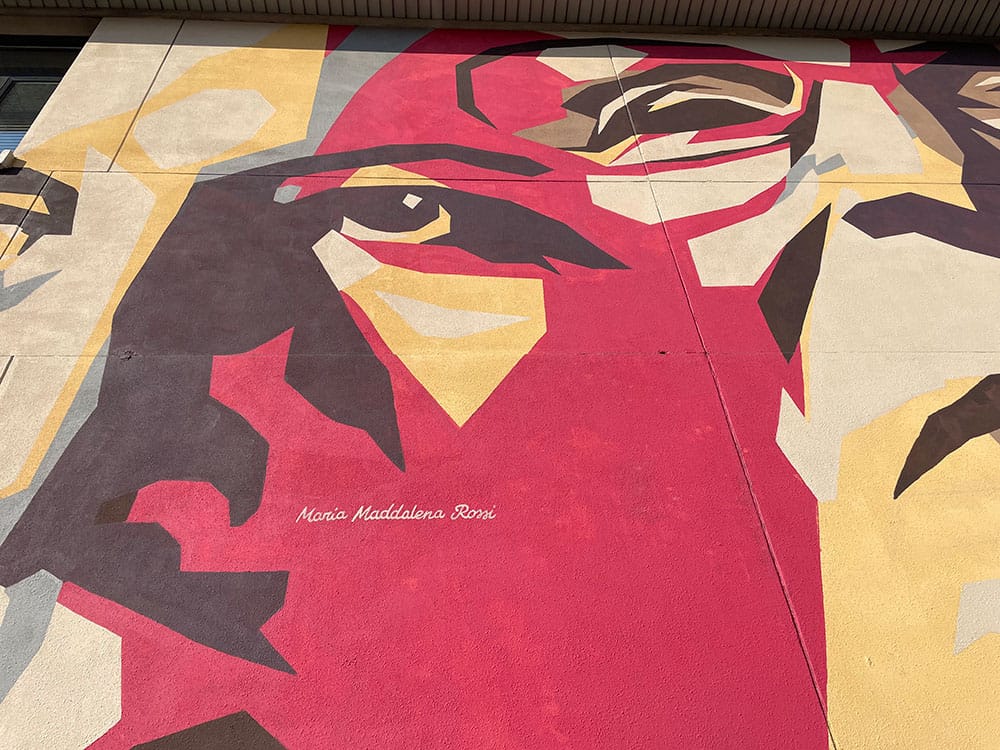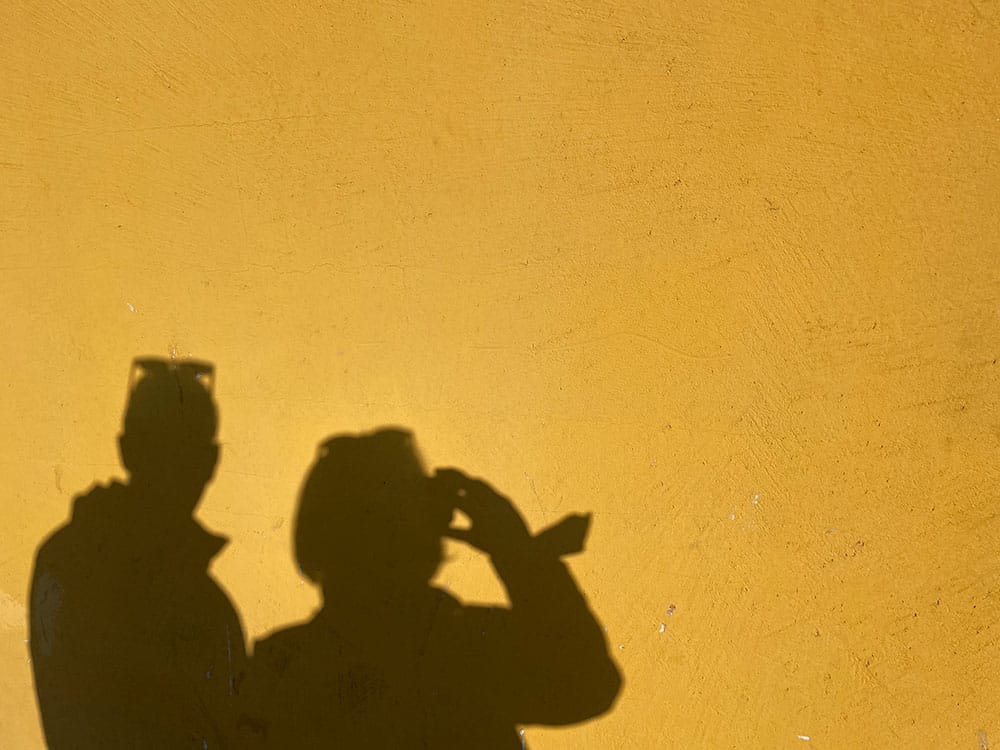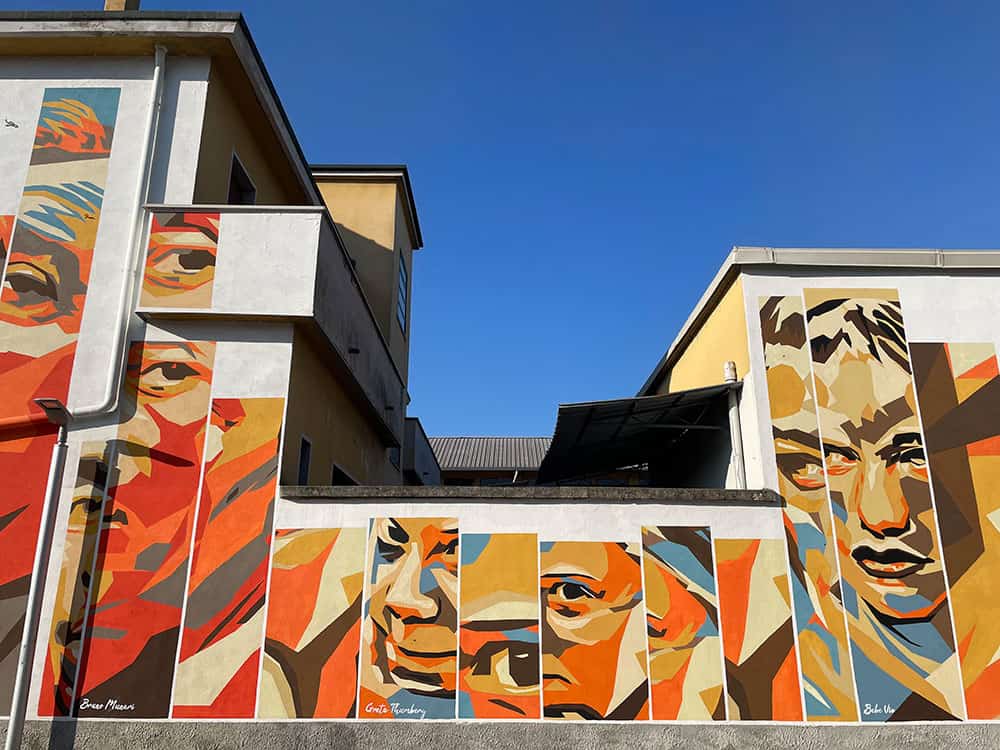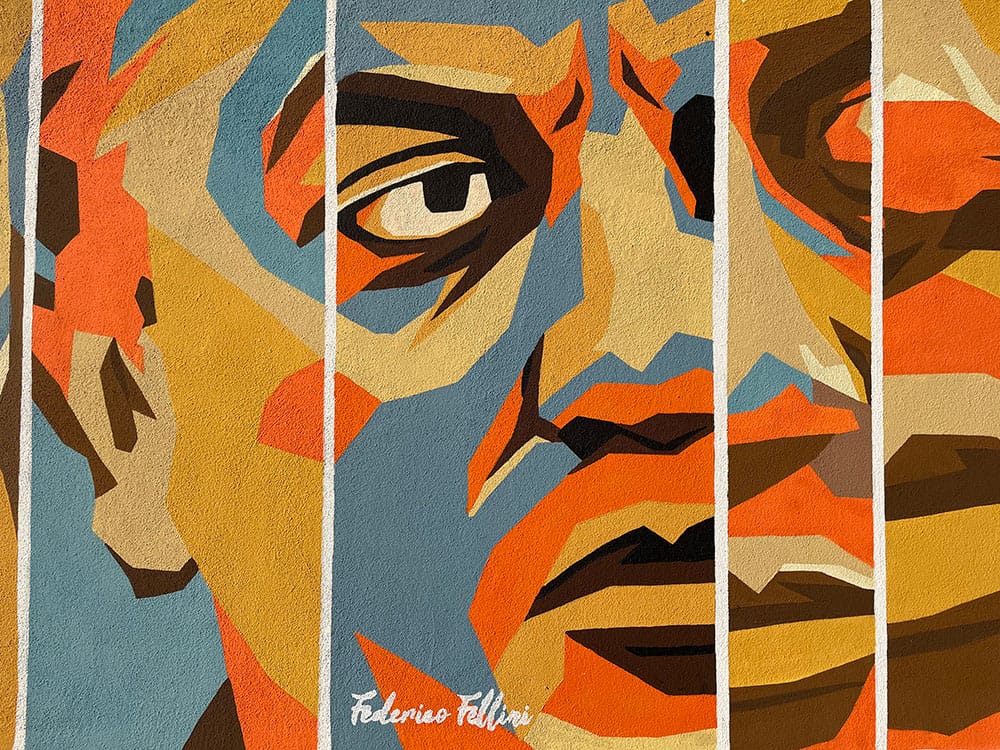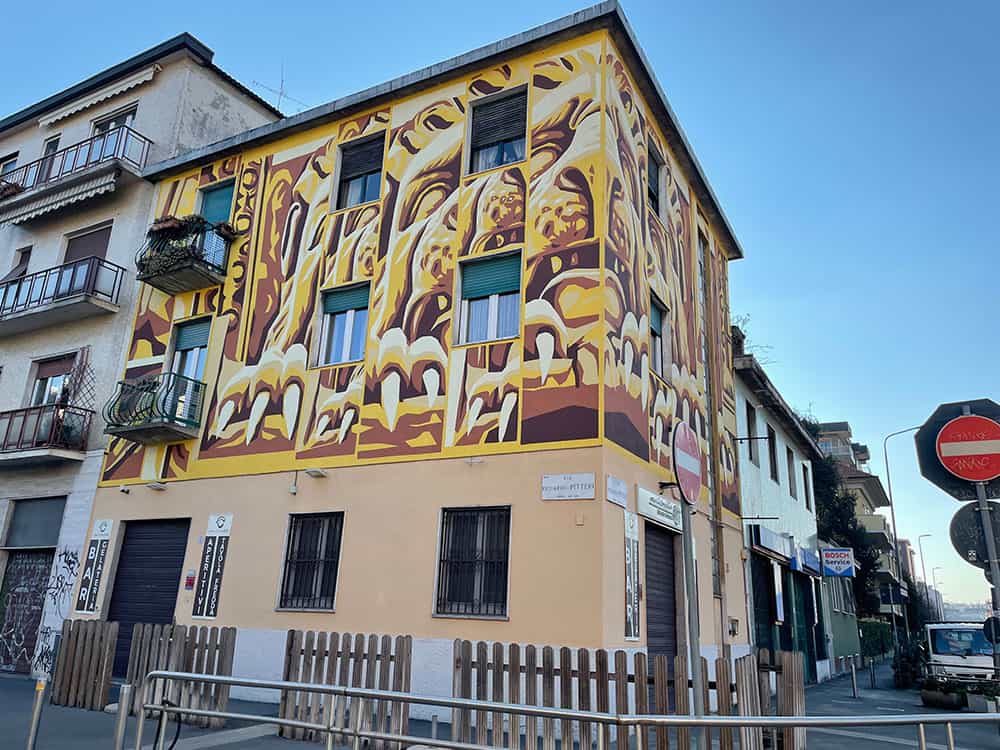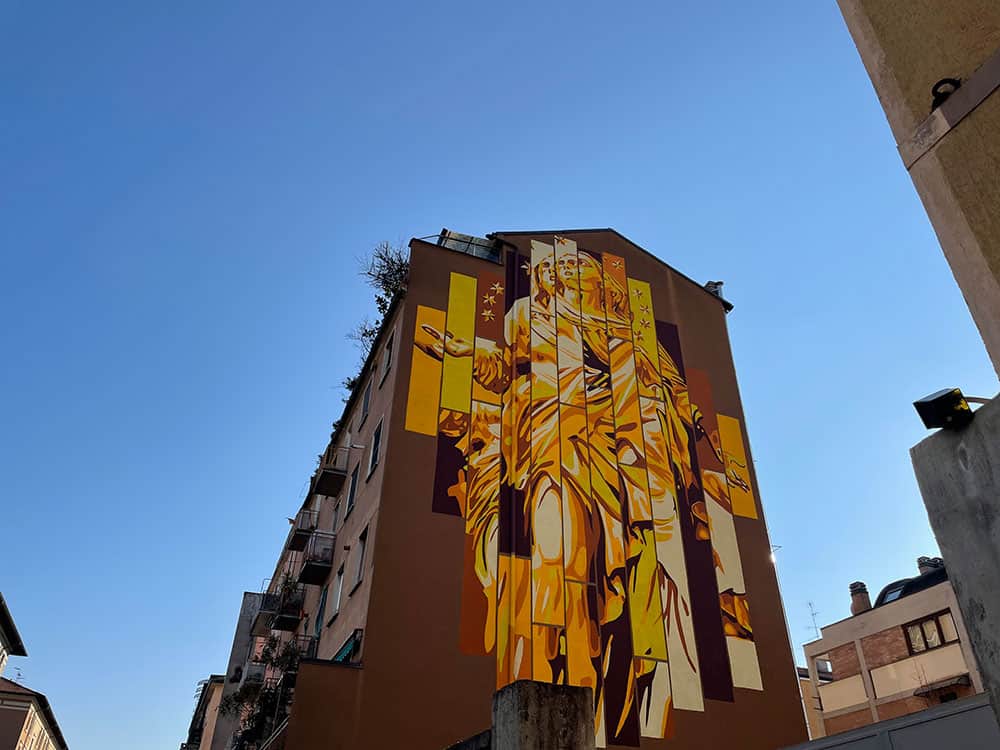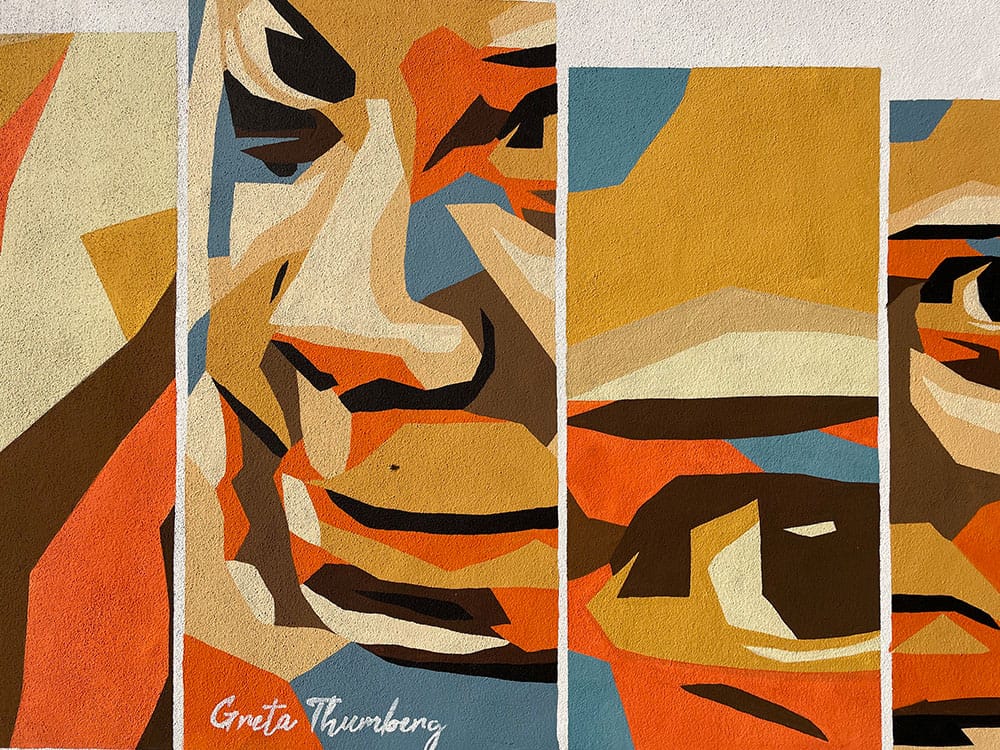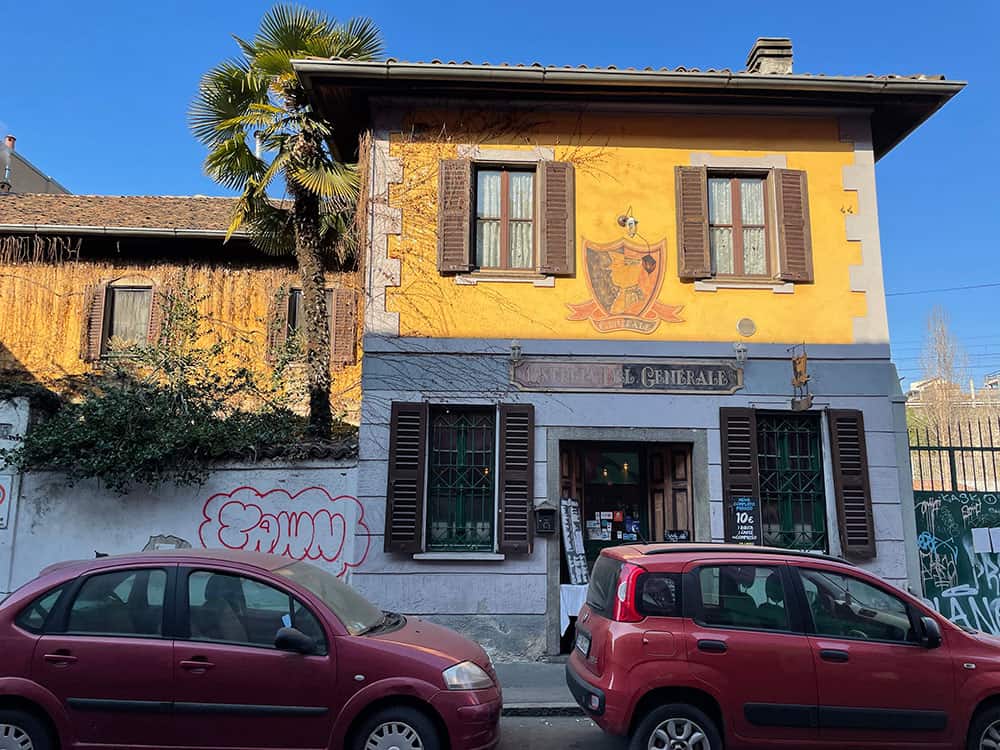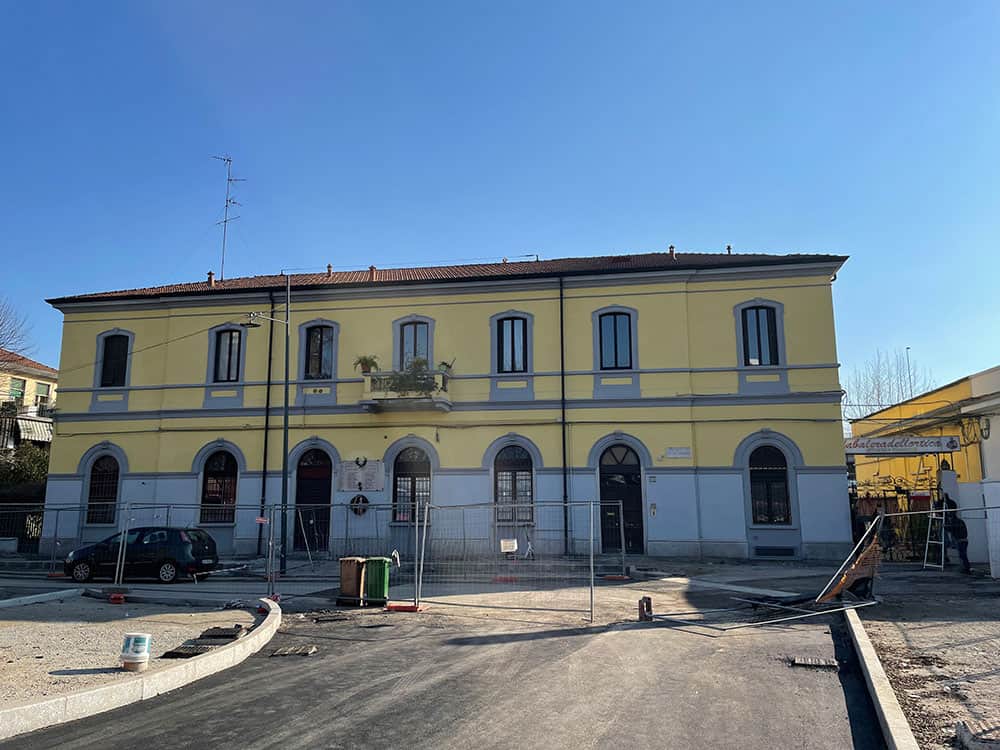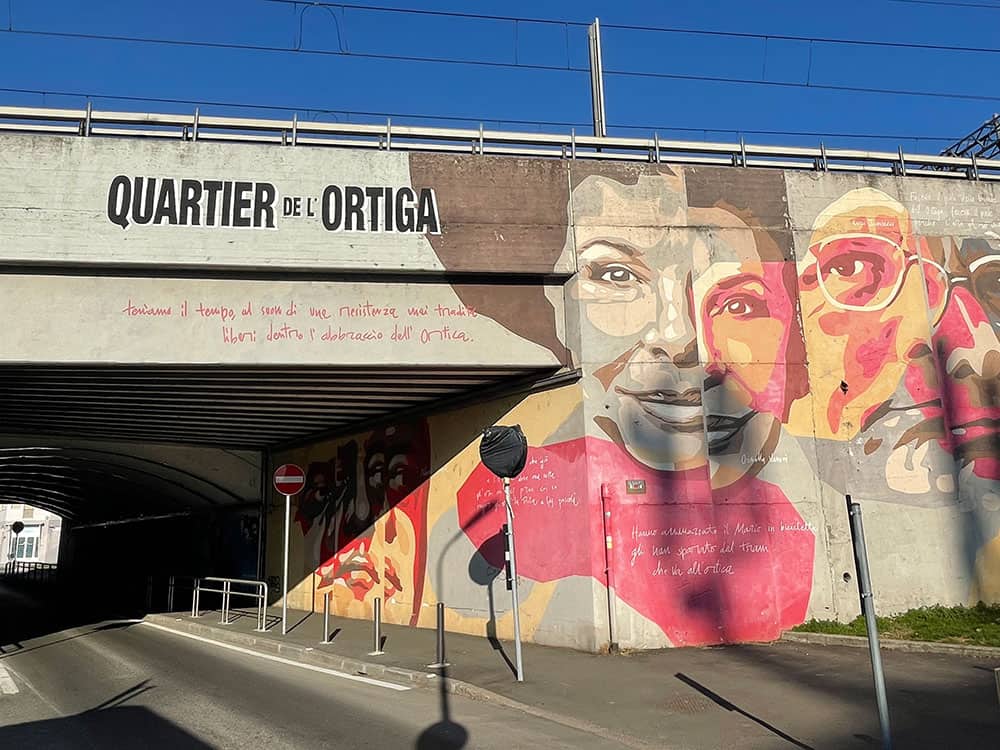For any of you, the word “nettle” simply evokes a weed that provides vigorous scratching when one comes into contact with its stinging leaves, but for a Milanese citizen from the 60s, the Ortica (or rather in dialect “l’Ortiga”) is a district in the western part of Milan whose history is intertwined with that of the city and its industrial vocation.
This district, which was only incorporated into the metropolis in 1923, actually has a very ancient and little-known history an antique Roman consular road led from here to the Roman city of Aquileia (one day we will visit it for you, I promise!).
The district, perhaps the smallest in Milan, has developed around the small church dedicated to Saints Faustino and Giovita, both martyrs of the early Christian era, patrons of the city of Brescia which were located on the path towards Aquileia.
Inside the church, there is an old fresco representing Holy Mary with Baby Jesus: when the fresco was removed in 1979, on its’s back portion was found a signed inscription dating back to the 12th of April of 1182 which testifies to the exodus of the Milanese towards this area at the time of the Barbarossa invasion.
Over time, following the industrial development of the city of Milan in whose suburbs the factories destined to develop that flourishing economy that led to the 1960s boom, the Ortica district was practically delimited by a triangle of railway lines creating a very particular social environment, on the one hand, ghettoized while at the same time protected within its boundaries marked by the rails.
It was the new Innocenti factory, that of the Lambretta to be clear, that after the Second World War locating its plant in the neighboring Lambrate, decided to create the new railway lines for logistical needs.
Innocenti, Faema, Richard Ginoritransformed this ancient village of rural origin with large plots of cultivated land in a working-class district.
L’Ortica, together with other historic Milanese popular districts such as Giambellino, Isola, Via Conca del Naviglio and Ticinese, were considered the slums, a world and kingdom of the Milanese “Mala”, also called la “ligéra”, a cauldron for the petty crime of those who lived on the margins, composed mainly of thieves, scammers, robbers, extortionists and exploiters of prostitution who were always carrying a knife and had no connection with larger criminal organizations already active and structured such as the Mafia.
It was a difficult and almost Dickensian environment: this typical Milanese form of crime was often remembered in popular songs that talk about the disillusionment and anger of a leftist agricultural proletariat that was marginalized in the process of urbanization.
Two great Milanese singer-songwriters Giorgio Gaber and Enzo Iannacci,(the latter did not live in the district but was a local visiting doctor), have written very famous songs romantically inspired by the characters who, between the 50s and 60s, were part of what today we would call minor crime: criminals without great aspirations who often shared their profits with the populace to gain protection and obtain silence. These simple and marginal Robin Hoods, frequently improvised and defective, also survived thanks to a pact of solidarity that made them, if not mythical, certainly well-liked.
Two were, in particular, the meeting places of the Milanese artists at the Ortica: the Gatto Nero (the current Osteria del Generale), where they ate and sang until late at night, and the Cesare Pavese Cultural Circle which had among its most well-known frequenters Dario Fo, Giorgio Strelher and Franco Parenti, all extraordinary personalities who have pushed and made the Milanese theater famous and appreciated.
Today the old popular neighborhood of “gangs” and taverns no longer exists but something shared and popular resists within this ghetto closed between the rails: the street art project “OR-ME“, – Ortica Memoria, a true open-air museum that through more than 20 murals tells the history of the neighborhood and the city during the twentieth century.
Born in 2015 thanks to the collaboration of the non-profit associations of the area with the collective of artists OrticaNoodles and under the patronage of the Municipality of Milan, this project has developed involving entire schoolchildren and many citizens of the neighborhood.
This project characteristic is that of a public collection because it was created following a strict artistic direction (which is quite unusual for street art) and because it represents socially meaningful topics and symbols revolving around such subjects as popular music, the workers’ movement, partisans resistance, legality, immigration, along with portraits of great personalities belonging to the more recent history.
All this gives the whole project a strong experiential impact and more and more often the Milanese like us take an afternoon to visit and photograph this lively en-Plein air gallery whose images made with the ancient technique of dusting revived and repurposed on us based on that of medieval and renaissance frescoes: an illustrated story that reminds us all who we are and where we came from.
One last tip before we depart: in addition to the aforementioned Osteria del Generale (which we did not try but did give us a great impression) there are a couple of things that should be mentioned in the neighborhood;
For a quick break do not miss the Aeolian Pastry – via Ortica 1 (excellent Sicilian cannolis) and if you want to play bocce, enjoy simple food and a wonderful dancing filled evenings, stop by the Bocciofila dell’Ortica a unique place stuck in time for a city like Milan which is always in a hurry of moving forward and that often sweeps away what it leaves behind way too quickly.
Helpful links
La Ortica on Google Maps
La Ballera di Ortica (web site)
Osteria deò Generale Restaurant (web site)
Betti
[socialWarfare]

